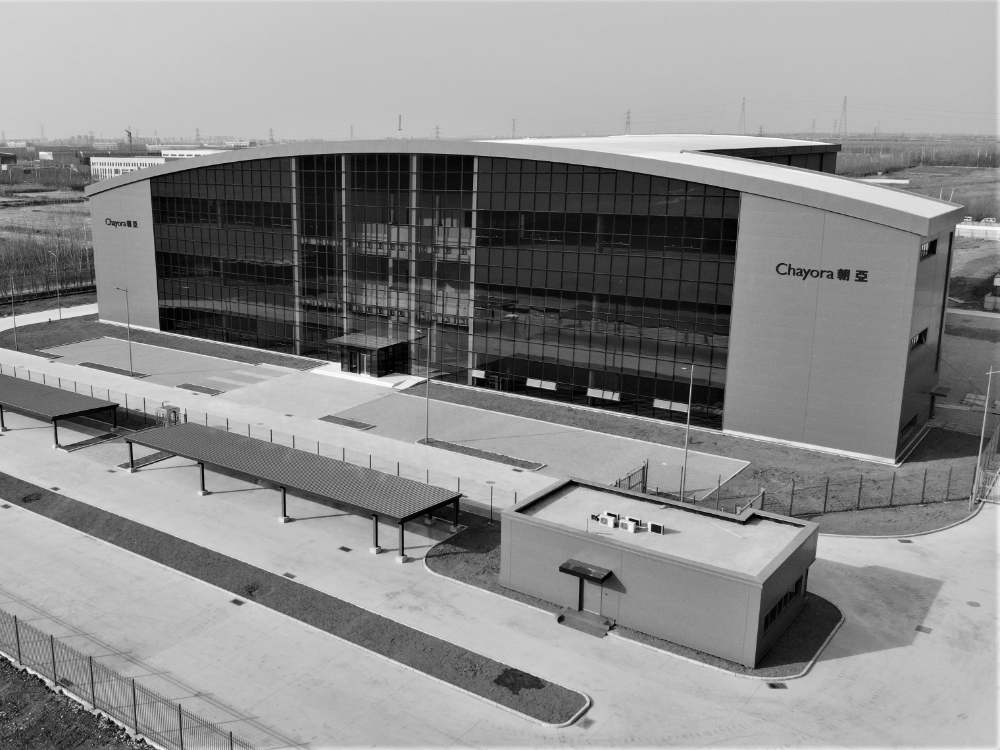
Asia: Underpinning Growth
Economic growth can be delivered by employing an increased quantum of different factors of production (land, labour and physical capital), improving the said factors’ productivity, and finally (and arguably less sustainably) by employing leverage.
No unique recipe has, as yet, been discovered that guarantees economic development. However, successful transitioners have generally provided sufficient macroeconomic and legal stability to mobilise savings, which in turn facilitates increased investments in human and physical capital. An openness to international trade and expertise has also invariably been part of the special sauce.
In previous articles for Actis, I have discussed the human capital part of the equation and shone a spotlight on the role of female education and empowerment in driving economic growth across Asia. In today’s outing, I will focus more on the concomitant role that capital mobilisation, specifically investment in productive-potential enhancing physical assets such as plant and equipment and infrastructure, can play in developmental success.
A country’s national wealth is broadly speaking the sum of the value of all its assets and its consumer durables. And the asset stock in turn can be divided into three broad categories – land and inherent resource endowments, financial assets, and physical fixed assets such as infrastructure, residential and commercial buildings, and productive plant and machinery.
ONCE A COUNTRY HAS ACCUMULATED A SIZEABLE STOCK OF FIXED ASSETS THE MARGINAL GAINS START TO DIMINISH
In the earlier stages of economic development, it is fairly simple to generate catch-up growth by moving labour from the farm to the factory and deepening the capital stock. It is only once a country has accumulated a sizeable stock of fixed assets that the marginal gains from building more start to diminish. Although the richest Asian economies, such as Japan, Hong Kong and Singapore, have arguably already reached this stage, it is a lot harder to posit that other Asian countries, not even China, are truly capital stocked out.
As Exhibit 1 illustrates, countries that have witnessed economic take-off, such as post-Civil War America, post-World War II Japan and Korea, and more recently China and India, have seen these associated with multi-decade rises in investment-GDP rates. Invariably, as such booms mature, they are accompanied by increased malinvestment as capital is either deployed at the wrong price or into projects that are never going to offer a positive payback to those who originally put up the money. However, irrespective of the financing aspects, a country’s citizens can continue to enjoy the benefits of the physical investments for many decades to come.

IRRESPECTIVE OF THE FINANCING ASPECTS, A COUNTRY’S CITIZENS CAN CONTINUE TO ENJOY THE BENEFITS OF THE PHYSICAL INVESTMENTS FOR MANY DECADES TO COME.
China provides a salient, contemporary case in point. The People’s Republic of China (PRC) has sustained an inordinately high investment rate for multiple decades accompanied, by a huge increase in financial leverage. The authorities have, in recent years, been trying to rein in some of these excesses which will likely involve at least a modicum of pain. However, if we consider Exhibit 2, despite these cyclical challenges, it can be seen that China’s per capita capital stock has only reached the levels achieved by America in the 1940s, Japan in the early1970s, and Korea and Taiwan thirty years ago. (India lags even farther behind.) From a purely macroeconomic perspective, the PRC still offers plenty of investment potential – both hard and soft.

It should be stressed that a lower per capita stock certainly does not negate against cyclical booms and busts which can be particularly painful if mismanaged particularly badly. However, a poorer country, with a still strongly positive nominal and real structural growth trajectory, can better absorb “wasted” kit over time than can a rich, slower growth equivalent.
Think back to China in 1990. A decade after the introduction of Deng Xiaoping’s “Open Door” policies, the country’s per capita income and capital stock was still only on a par with the likes of India and Bangladesh. While the performance of the poorer Asian economies has been pretty impressive too over the past thirty years – especially in comparison to the majority of similar markets elsewhere – none, save an even poorer Vietnam, has succeeded in mobilising savings and investment to the extent achieved by Beijing. Indeed, today China compares favourably to middle income economies such as Malaysia and Thailand who were far ahead some three decades ago (Exhibit 3).

The challenge for these economies is to mobilise savings, both domestic and foreign, and to hence improve absorptive capacity. This requires, amongst other factors, a welcoming and predictable investment climate, flexible labour markets and improved infrastructure – an Actis speciality – all of which can help to attract far stronger flows of inward foreign direct investment.